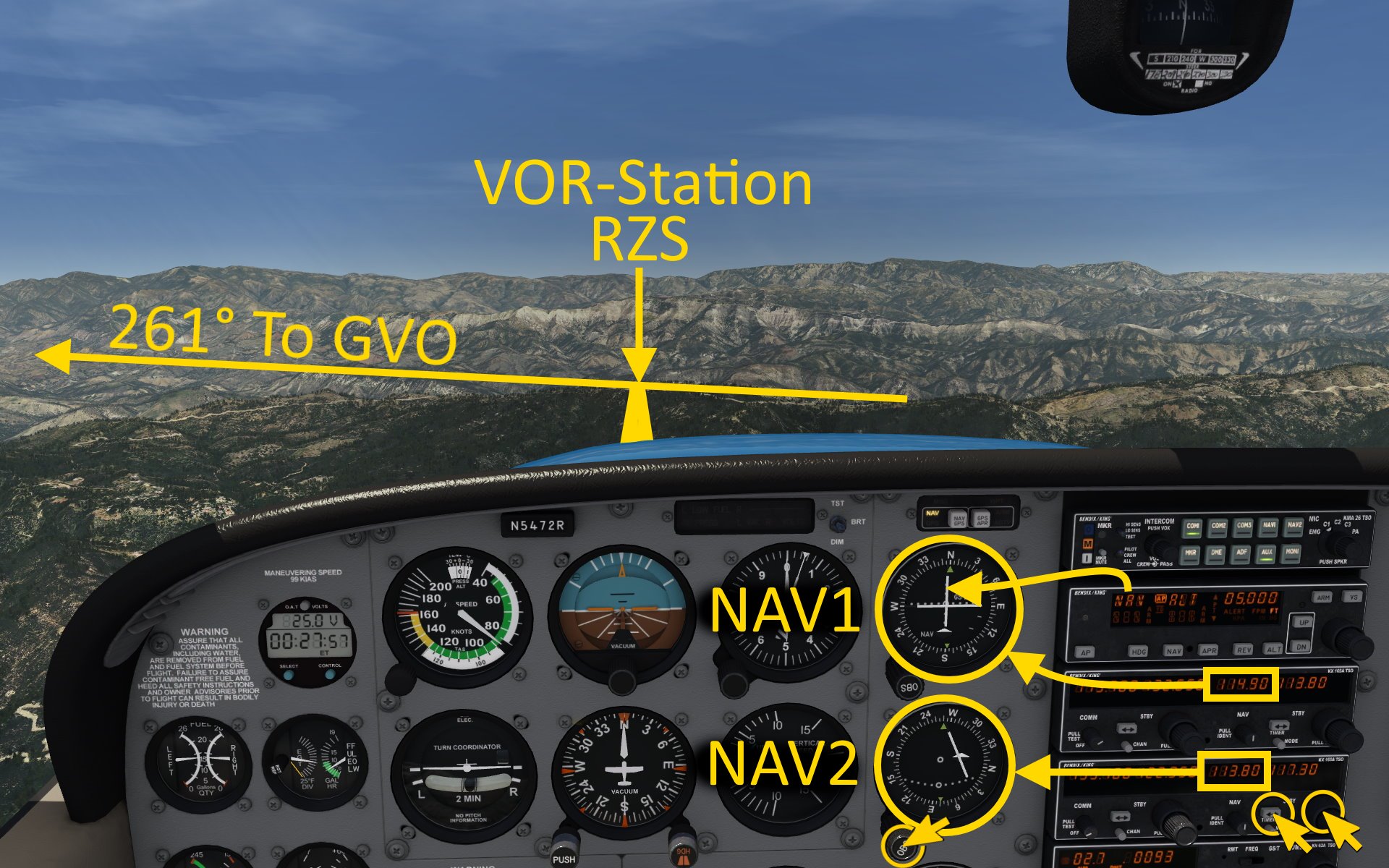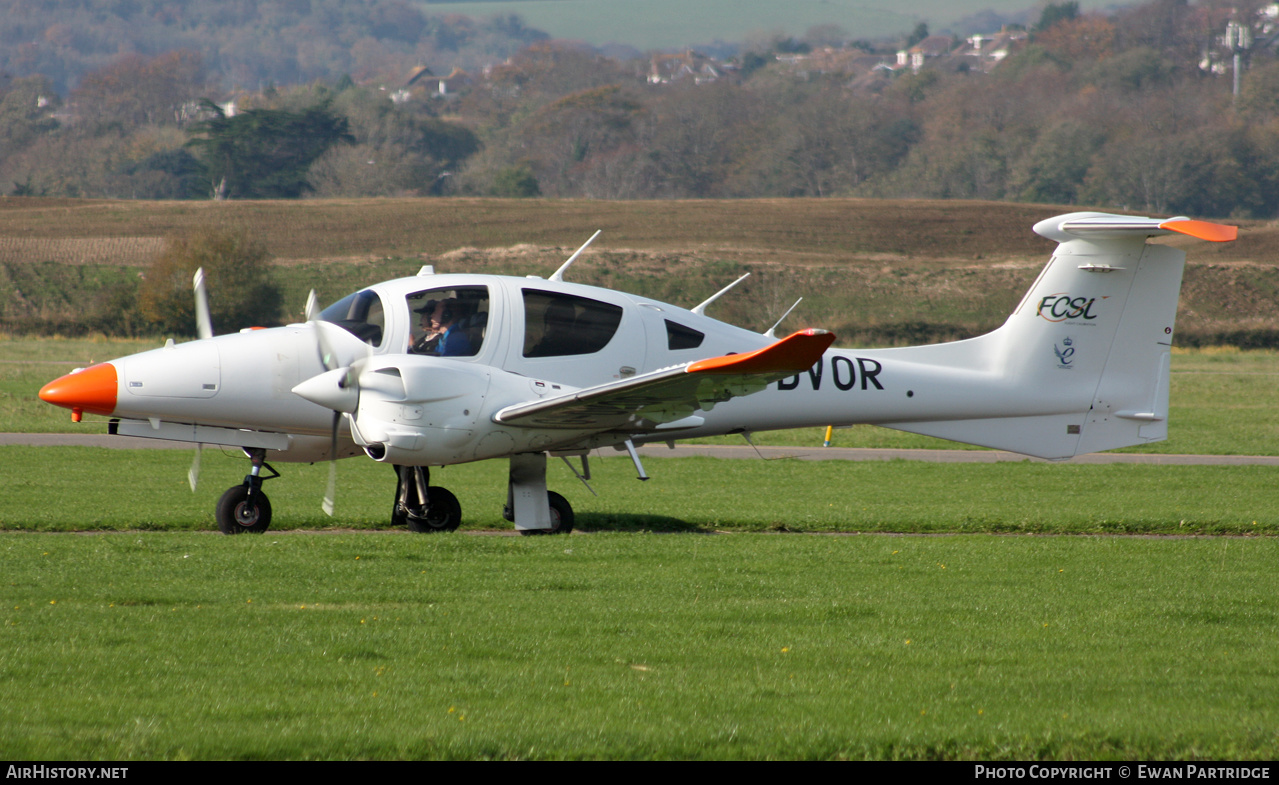Vor Aircraft - Title. The direction points to the plane's axis, usually expressed in degrees from North (true, magnetic, compass or grid).
Trace. Projected onto the surface of the flight path, the direction of the track at any time is usually expressed in degrees from North (true, magnetic or grid).
Vor Aircraft

Reproduction. It is horizontal to or from any location, usually measured clockwise from true north, magnetic north or some other reference point through 360 degrees.
Heading, Track And Radial
The aircraft's heading may differ from its destination due to the wind. This difference is called the drift angle. For aircraft at cruising speed, it is usually within 5 degrees. Depending on the actual conditions, however, the drift angle may be larger. For example, if the plane's true wind is 400 kts, and there is a 100 kt crosswind, the drift angle is 15 degrees.
If an airplane flies in a certain direction then the path is a straight line. If it flies overhead, the line may turn left or right, depending on the change in wind.
If the aircraft is flying on a runway, the head may need to be adjusted several times to compensate for the drift caused by the wind.
Radius difference of bearing. It is always connected to the magnetic guide and not the radio aid. Breeding is a common word, because
How A Vor Works
Radius gives the position of the plane to e.g. a VOR. There is no mathematical relationship between the radius and the heading (or track) of the plane, i.e. one cannot be derived from the other. For example, if the aircraft is on the 360 exit radius (north of the VOR), it can fly any direction (or track) even for a short time.
Continued flight radius means that the flight path is the same as the one entering or exiting. We are dedicating this week's article to VOR, a radio station used worldwide by commercial and commercial pilots. This introduction is from the Aviation Student's Manual, by William Kershner.
The most useful on-the-go radio navigation aid, other than GPS, is the omnirange VHF or VOR as it is sometimes called. The VOR frequency band is from 108.00 to 117.95 MHz and uses the principle of measuring angles with electricity. The VOR emits two signals. One is omnidirectional (or omnidirectional) and the other is a rotating signal. The omnidirectional signal is synchronized and increases 30 times per second, and the rotating signal rotates clockwise at 30 times per second. Rotating symbols have positive and negative sides.

Your omni receiver receives omnidirectional signals. Some time later it takes the highest point of the positive cycle signal. The receiver electronically measures the time difference, and it is expressed in degrees
How Vor Approaches Work
Transport according to the station (Figure 1). For example, suppose it takes a minute instead of 1/30 of a second for a rotating signal to make one revolution. You receive an omnidirectional signal and 20 seconds later you receive a rotating signal. This means your position is 20/60 or 1/3 of the way. (One third of 360° is 120° and you are at a radius of 120.) VOR receivers do this quickly and accurately.
The display of the aircraft VOR receiver has four main parts: (1) a dial to select the frequency of the station you want to use; (2) azimuth or omni bearing selector (OBS) calibrated from 0 to 360; (3) course deviation indicator (CDI), a vertical needle that moves left or right; and (4) the TO-GO signal. Figure 2 is another type of VOR receiver.
Let's say you want to fly to another VOR, say, 30 miles away. First you will adjust the frequency and
. You should know where you are in relation to the station, but if not, change the azimuth or course selection until the deviation pointer or needle is centered, and the TO-FROM pointer says TO. Read OBS. This is your route TO VOR. If you turn on the magnetic course and keep the needle centered, you will fly above the VOR. If the TOFROM says TO and you are going to port, fly the needle. If the needle goes to the left, the selected bearing is on the left and you change the plane in that direction and fly until the needle is in the middle again. You need to adjust the air to stay on the selected fan (Figure 3).
Aircraft Vor Navigation System
. (The radius is the same as the radius from the VOR.) (See Figure 3A.) The area is a number from 0 to 359, so if the station asks where you are, you'll say, “I'm entering station at. 120 (one-two-zero) radius." For example, if there is a westerly wind, the plane can be drifted from the chosen one as shown in Figure 3B, and the LEFT-RIGHT needle will look like Figure 4.
Figure 4. Signal head and two types of VOR signal. The selected radio is on the left.
The correct angle or "cut" you will take depends on how much of a trail you have left. Usually 30° will be the maximum even at some distance from the station. It may take a while for the needle to return to center if you are away. After the needle returns to center, return to the original point, but this time include the estimated wind correction on your compass or direction indicator. Check the needle and make other adjustments as needed.

When you cross the station, the TO-FROM sign swings, then drops to FROM. The receiver now says you are on a bearing of 300° FROM the station. Always keep your OBS installed near the head of your compass. This way the needle always points in the direction of the chosen radius. If you turn and return to the station after passing it on a 300 ° course and do not return the bearing selector to match your head, the needle will work backwards.
Aircraft Antennas And Probes
The feeling is not good if you aim towards the needle and the needle moves away from the center as you fly.
But, back to the station course: TO-FROM says FROM and your plane is on course 300° FROM the VOR, so the needle is correct. Continue to fly the needle as you did before the VOR.
Most omni needles are set up so that the total deviation from the center is 10° or more. If the needle is turned halfway down, you can read that you are 5 ° from your choice.
The accuracy of VOR ground facilities is usually ±1°, but some stations in mountainous areas may have greater errors than this at certain radii or cannot be used at certain altitudes; this is clearly stated in One of the oldest and most useful aids to navigation is the VOR system. This system was built after the Second World War and is still in use today. It has thousands of ground-level stations, or VORs, that communicate with the radio receiving equipment in the aircraft. Most VORs are close to the wind. The Victor airway system is built around the VOR navigation system. Ground VOR transmitter units are also found at airports where they are known as TVORs (VOR terminals). The U.S. military has a navigation system known as TACAN that works similarly to the VOR system. Sometimes VOR and TACAN transmitters share a location. This website is known as VORTAC.
Steam Community :: Guide :: Adfs, Ndbs, And Vors: How To Fly Like It's 1949
The positions of all VORs, TVORs and VORTACs are listed on aeronautical charts along with the name of the station, the frequency on which the air must be tuned to operate the station, and the Morse code designation of the station. Some VORs also broadcast a voice announcement on a frequency included on the chart. [Figure 1]
VORs use VHF radio waves (108–117.95 MHz) with 50 kHz separation between each channel. This keeps space interference to a minimum but limits the VOR to line-of-sight use. To receive VOR VHF radio waves, usually a V-shaped bi-pole antenna, vertically polarized, is used.
The normal position of the V dipole is in the vertical fin. Other types of antennas have also been established. Follow the manufacturer's instructions for installation. [Figure 2]

Figure 2. V-shaped bi-pole antenna, vertically polarized, commonly used for VOR and VOR/glideslope reception. All antennas shown are VOR/glideslope antennas
Vor Aircraft Navigation System Station Stock Image
The signal produced by the VOR transmitter spreads 360 ° from the sector and is used by the aircraft to navigate to and from the station with the help of the onboard VOR receiver and display. Pilots don't have to fly a pattern to catch a signal from a VOR station because it spreads out all over the place. Radio waves are received as long as the aircraft is within the earth's surface and regardless of where the aircraft is flying. [Picture 3]
Figure 3. The VOR transmitter generates a 360° radius signal used by the air receiver.
Speak vietnamese, vietnamese factory, vietnamese interpreter, meet vietnamese, vietnamese lesson, vietnamese tutor, vietnamese translator, vietnamese, babbel vietnamese, vietnamese dating, aircraft, vietnamese class

0 Comments